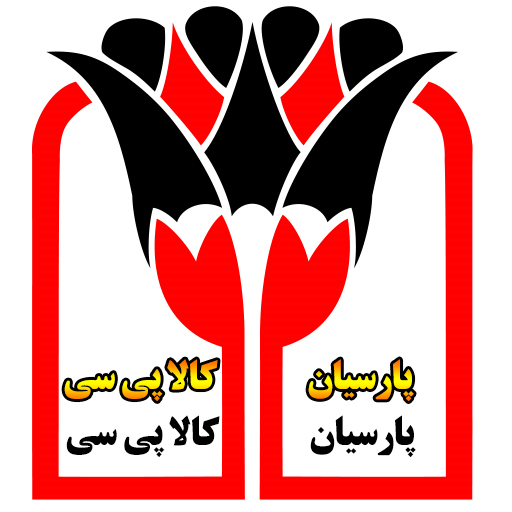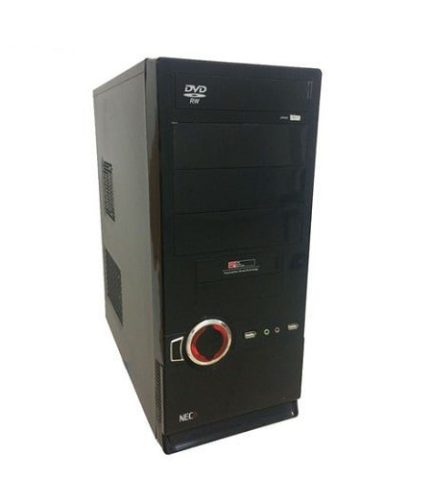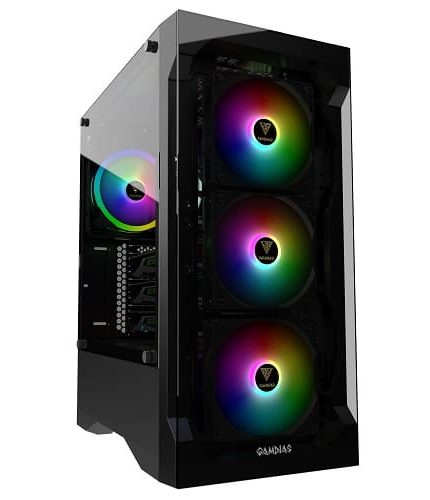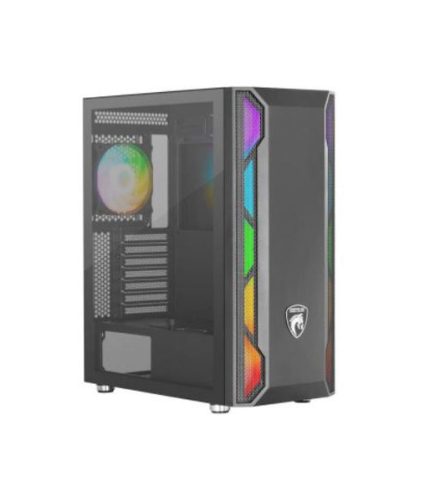| برند | HP |
|---|---|
| رنگ | مشکی |
| پردازنده | ایامدی |
| مدل پردازنده | AMD-A10 |
| رم | 8 گیگابایت |
| ظرفیت حافظه ذخیره سازی | 500 گیگابایت |
| نوع حافظه ذخیره سازی | HDD |
Five Books to Boost Your Poker Knowledge Fast
Not even web searches yield useful results. Rather than actually reading the book, a lot of the lists I’ve seen appear to be based on reading the most recent Amazon reviews! I’m here to help, having read dozens of poker books, including every one on my list.
Purchasing the newest “hot” book might not be the best choice because poker books have become much more advanced over time and tailored fun88 app download to specific strategies that might or might not work next year, or even next month. Specifically, it should be made clear which books are the best long-term investments for MTTs as well as cash games.
In order to help you learn the game as cheaply as possible, I’ve put together a list of my top Texas Hold’em poker books. Just remember that my suggestions are more appropriate for experienced players than for total beginners. You’ll need to have a basic understanding of poker rules and strategies. Please take note that I have provided links to each book on Amazon for your convenience.
First, I’ll give you the shortened version because I know some of you are really busy. I would assume you have read many of the basic books out there, including Harrington On Hold’em (Click for Amazon Listing), so I would start with Professional NL-Hold’em and finish it before reading anything else. It ought to serve as your guide going forward, especially while playing 1win apk download cash games. It is essential to read PNLH regardless of the game you are playing. If you can beat cash games, as I frequently repeat, then sit and gos, tournaments, and cash games become child’s play.
Additionally, as the majority of players will also play in tournaments, it is best to start with Kill Phil and Kill Everyone and then study Poker Tournament Formula, Volumes 1 and 2. The ideas in these books complement Professional No’Limit Hold’em well since they take a similar logical and formulaic approach to poker, but they also allow for some flexibility within the parameters of successful theory. All things considered, these two-book series will provide you a crash course on the kinds of methods you’ll need to win in contemporary poker tournaments.
For those of you who don’t mind, let’s now discuss each book or series individually:
The Greatest Professional No-Limit Cash Game Book When Hold’em was originally released, it was groundbreaking. There wasn’t a lot of quality writing available dream11 login at the time about cash games. If you wanted to be good at cash games, you had two options: The Theory of Poker or Super System. Even though they were both very significant poker publications at the time, by 2007 they had become a touch outdated.
You should play Professional No-Limit Hold’em. The finest thing about this book, in my opinion, is how it breaks down no-limit hold ’em cash games, a complex topic, into a detailed manual for playing the games utilizing the REM process (Range Equity Maximize). The writers, Ed Miller, Matt Flynn, and Sunny Mehta, employ a notion called the “commitment threshold,” which can be utilized to construct a comprehensive poker tactic. If you set up profitable stack-to-pot ratios and prepare your hand, you can navigate post-flop planning more quickly and feel certain that you are committing your stack appropriately. Right now, what I’m saying is confusing you? Should that be the case, you really ought to read this. Till you have finished reading this book, don’t deal any more cards in poker! Since many of the ideas in PNLH are effective for players who frequently play stacks of 50 large blinds or fewer, they will be appealing to those who play automated poker. Since most tournaments would put you in low-SPR settings, even tournament players can gain greatly. In every tournament, isn’t everyone short-stacked at some point? In summary, if you have never studied human thought processes, this is the ideal opportunity.
Get ready to have your mind completely blown away by a professional poker player’s abilities.
The Top Books for Tournaments
Renowned blackjack player Arnold Snyder created the Poker Tournament Formula books from his point of view. He wrote the books with the intention of learning the real trick to winning poker tournaments. His main thesis was that since the majority of the prize money is typically awarded to the winners, the “tight is right” strategy does not work in a tournament setting where the goal is to maximize earnings. Put differently, it is rarely as great to bust most of the time but win one of the top rewards every once in a while as min-cashing.
These publications’ most important contribution is to highlight the necessity of playing when you have “good” hands rather than just waiting around because there aren’t many opportunities to get chips in a multi-table game. The key to developing chip utility is to participate frequently and early on. Snyder makes the controversial assertion that each chip increases in value as you accumulate more. This goes against the way most players think about chip value, which is based on the idea of ICM in mathematics, which says that the more chips you have, the more valuable each one is. I tend to agree with Snyder on this one.
Think about that for a minute. Has there ever been a pile of chips in front of you during a tournament? When you have at least twice as much as the second-place stack on the table, you have a monster stack. It gives you a lot of liberty to choose when to play a pot when you have this many chips. You have to be feared by all because you have the ability to jeopardize everyone else’s tournament! In the early to mid-rounds of a tournament, fear is a far more relevant factor to take into account, even though each chip may not be worth as much as the total prize money.
I think it’s important to understand both the Poker Tournament Formula and the ICM versions equally. The former is needed to get through the last stages, when everyone is running out of time, and the latter is needed to get through the early to middle portions. Even if you don’t play tournaments very often, these books are still very much worth the money. While the second book adjusts the techniques to participate in tournaments with a deeper stacked field, the first book covers tournaments at a faster pace.
The last two novels I recommend for intermediate gamers are from the Kill Phil series. I think both pieces make great companion pieces to the Snyder novels. Ultimately, both book series fundamentally encourage a competitive, aggressive style of play. In contrast, Kill Phil and Kill Everyone tackle the “problem” of poker tournaments from a somewhat different angle.
















